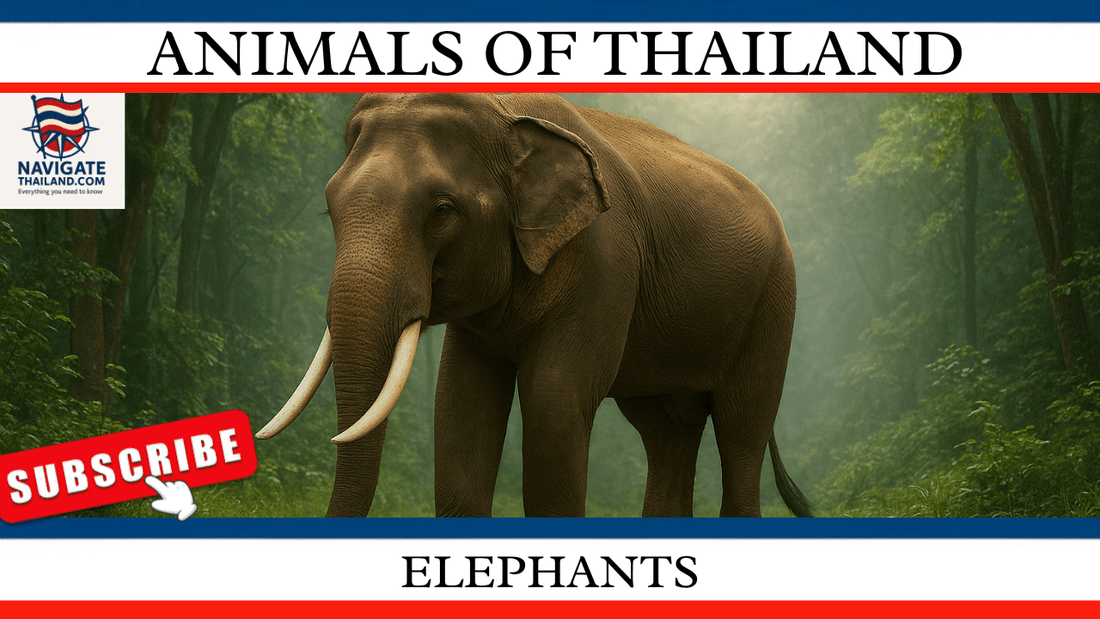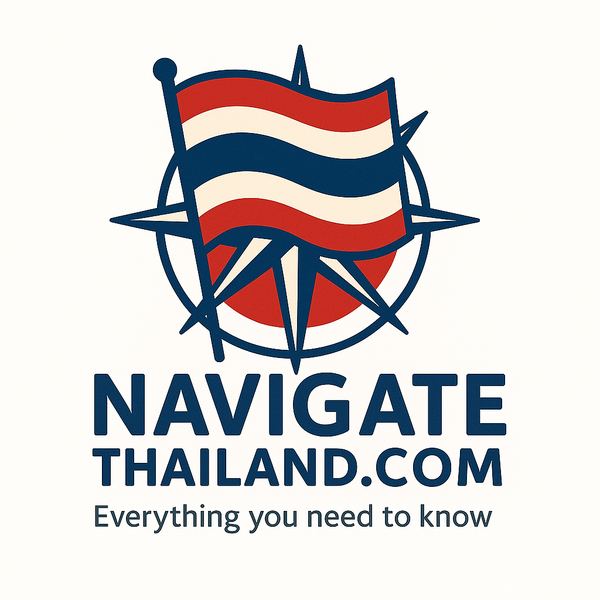
The History of Elephants in Thailand: From War Elephants to Modern Sanctuaries
Share
Elephants have played a profound and diverse role in the history of Thailand, deeply intertwined with the nation’s cultural, religious, and economic life. Over the centuries, these majestic animals have served as symbols of power, spiritual icons, and invaluable allies in warfare, agriculture, and transportation. However, their status has shifted dramatically in modern times, leading to both ethical and unethical practices surrounding their care. This article delves into the historical and contemporary roles of elephants in Thailand, from war elephants and labourers to tourist attractions and conservation efforts.
Elephants in Ancient Thailand: The Rise of War Elephants
War Elephants in Thailand’s Early History
Elephants have long been revered in Thailand, not only for their strength and intelligence but also as symbols of royal power and divinity. The earliest recorded use of elephants in warfare dates back to the ancient kingdoms of Southeast Asia, including Thailand. These animals were highly valued in battle for their size, strength, and ability to intimidate and trample enemy forces.
- Sukhothai and Ayutthaya Kingdoms: During the reign of the Sukhothai Kingdom (1238–1438) and the later Ayutthaya Kingdom (1351–1767), elephants were integral to military strategy. War elephants were used to charge enemy lines, break through fortifications, and carry generals into battle. In particular, King Naresuan of Ayutthaya became legendary for his use of war elephants during the Battle of Nong Sarai (1593), where he famously fought and killed the Burmese crown prince in a dramatic elephant duel. This event is still celebrated today in Thai culture as a symbol of the nation's independence and heroism.
Training and Tactics
The elephants used in warfare were primarily male due to their size and aggression. These elephants were trained from a young age, conditioned to follow commands, and taught to remain calm under the stress of battle. Mahouts, or elephant handlers, played a vital role in this process, building a lifelong relationship with their elephants. War elephants were fitted with armor, and they often carried soldiers equipped with bows, spears, and later, firearms. The height and bulk of these animals provided a distinct tactical advantage, as they allowed soldiers to fight from an elevated position and charge through enemy formations.
- Weapons and Armor: Elephants were often outfitted with heavy metal or leather armor, designed to protect them from arrows and other weapons. In some cases, spikes were placed on their tusks to enhance their offensive capabilities. The mahouts rode atop the elephants, directing them with the use of hooks, and they could steer the animals into battle formations designed to break enemy ranks.
Cultural Significance of War Elephants
The presence of elephants in warfare extended beyond mere practicality; they held deep symbolic value. Elephants were seen as symbols of the monarchy's divine right to rule, and battles fought with these animals often took on a ceremonial nature. Kings and noblemen would ride into battle on the backs of elephants, emphasizing their strength, wisdom, and control over nature. To this day, Thailand celebrates its connection to war elephants in festivals, reenactments, and religious ceremonies.
Elephants in Agriculture and Labor
Post-War Era: Elephants as Laborers
As warfare evolved and the use of elephants in combat diminished, these animals became vital laborers in Thailand’s agricultural and logging industries. Their immense strength made them ideal for transporting heavy loads, plowing fields, and hauling timber through dense forests. For centuries, elephants were the backbone of the logging industry, particularly during the 19th and early 20th centuries when teakwood was a major export from Thailand.
- Logging: The elephants’ ability to navigate rugged terrain and haul massive logs made them invaluable in Thailand’s timber industry. Unlike modern machinery, elephants were able to tread carefully through the forest without causing widespread environmental damage. However, the overuse of elephants in logging led to the depletion of forests and severe strain on the elephant population. The Thai government eventually banned commercial logging in 1989 in response to deforestation, which significantly reduced the demand for elephants in this sector.
Elephants and Agriculture
In addition to logging, elephants were also employed in farming, especially in rural areas where mechanized equipment was unavailable. They were used to plow fields, transport crops, and assist in construction work. Their relationship with local communities was one of partnership and necessity, as they played a crucial role in the daily lives of the people.
The Decline of Working Elephants and the Rise of Tourism
With the ban on logging in 1989, thousands of elephants and their mahouts were suddenly left without work. This led to a significant shift in how elephants were employed in Thailand. Many elephants were brought to urban areas and tourist destinations, where they were used to entertain visitors, often in unethical conditions. This period marked a turning point in the history of elephants in Thailand, as their roles became increasingly commercialized.
Elephants in Circuses and Street Begging
In the years following the logging ban, many elephants were forced into the tourism industry. Elephants were trained to perform tricks in circuses, such as standing on two legs, painting, or dancing, which often involved abusive training methods. These practices were designed to entertain tourists but caused significant physical and psychological harm to the animals.
- Street Begging: Another unfortunate consequence of the logging ban was the practice of street begging. Mahouts, desperate to support their elephants, would take them into cities like Bangkok, where tourists would pay to feed or take photos with them. These urban environments were dangerous for elephants, who faced accidents, illness, and malnutrition while living in unsuitable conditions.
Elephant Sanctuaries: Ethical and Unethical Practices
In response to growing concerns over the mistreatment of elephants in circuses and street begging, a number of elephant sanctuaries and parks were established throughout Thailand. These sanctuaries offered a more ethical alternative, providing care for retired or rescued elephants. However, the rapid rise in tourism and demand for “elephant experiences” also led to the proliferation of unethical sanctuaries.
Ethical Sanctuaries
Ethical elephant sanctuaries prioritize the welfare of the animals, allowing them to roam freely, socialize with other elephants, and engage in natural behaviors. Visitors to these sanctuaries are typically not allowed to ride the elephants or interact with them in ways that cause stress or harm. Instead, tourists can observe elephants in their natural habitat, learning about their behavior and conservation.
- Elephant Nature Park (Chiang Mai): One of the most famous ethical sanctuaries in Thailand is the Elephant Nature Park in Chiang Mai, founded by Lek Chailert. This park focuses on rescuing elephants from abusive conditions and rehabilitating them in a safe, natural environment. The park also promotes education about the importance of conservation and the ethical treatment of elephants.
Unethical Sanctuaries
Not all sanctuaries operate with the same ethical standards. Some so-called "sanctuaries" continue to offer elephant rides and force elephants to perform tricks, which are often indicators of abuse and mistreatment. In these places, elephants are often kept in chains, given inadequate rest, and subjected to harsh training methods. Tourists may unknowingly support these unethical practices by paying for experiences that seem humane on the surface but harm the animals in the long term.
Religious and Cultural Significance of Elephants
Elephants in Buddhism and Thai Culture
Elephants hold deep spiritual significance in Thai culture, particularly within the context of Buddhism. They are seen as symbols of wisdom, strength, and peace. The white elephant, in particular, is revered as a sacred animal and is believed to be a symbol of royal power and good fortune. According to Buddhist tradition, the mother of the Buddha dreamt of a white elephant before giving birth to him, further cementing the animal’s association with divinity and kingship.
- Royal White Elephants: In Thailand, white elephants are considered a royal symbol, and historically, they were kept in the king's court as a sign of power and prestige. These elephants are not albinos but have light skin and certain distinct physical features that set them apart. The more white elephants a king possessed, the greater his perceived divine right to rule.
Elephants in Festivals and Ceremonies
Elephants also play a prominent role in various Thai festivals and ceremonies. One such festival is the Surin Elephant Round-up, held annually in Surin Province. This event celebrates the historical significance of elephants in Thai culture, showcasing the bond between mahouts and their elephants. Visitors can witness elephants demonstrating traditional skills such as logging, as well as more theatrical performances that highlight their intelligence and grace.
The Modern Conservation Effort
The conservation of elephants in Thailand remains a complex issue, as the country grapples with the legacy of centuries of exploitation and the pressures of modern tourism. In recent years, conservation organizations and the Thai government have worked to improve the conditions for elephants, enacting stricter laws to protect them from abuse and promoting responsible tourism.
Challenges in Elephant Conservation
Despite these efforts, many challenges remain. The elephant population in Thailand has decreased significantly due to habitat loss, poaching, and the illegal wildlife trade. Wild elephants are often forced into closer contact with humans as their natural habitats are destroyed, leading to conflicts with local communities.
Conservation Initiatives
Various organizations, both local and international, are working to protect Thailand’s elephants. These initiatives focus on habitat restoration, anti-poaching efforts, and educating the public about the importance of protecting these animals. Sanctuaries like the Elephant Nature Park are leading the way in promoting ethical tourism and demonstrating that elephants can thrive in environments where they are treated with respect and care.
Conclusion
The history of elephants in Thailand is a testament to the deep bond between humans and these magnificent creatures. From their central role in warfare and agriculture to their symbolic importance in religion and culture, elephants have shaped the course of Thai history in profound ways. Today, while the exploitation of elephants in tourism and labor remains an issue, growing awareness and conservation efforts offer hope for a future where these animals can live free from harm. By supporting ethical sanctuaries and promoting responsible tourism, we can help ensure that elephants continue to thrive in Thailand for generations to come.
References
1. Lair, R. C. (1997). **Gone Astray: The Care and Management of the Asian Elephant in Domesticity**. FAO.
2. Baker, C., & Phongpaichit, P. (2009). **A History of Thailand**. Cambridge University Press.
3. Wyatt, D. K. (1984). **Thailand: A Short History**. Yale University Press.
4. Chailert, L. (2019). **The Elephant Keeper's Daughter**. Pegasus Books.
5. Shepherd, C. R., & Nijman, V. (2008). **Elephants in Thailand: Past, Present, and Future**. TRAFFIC Southeast Asia.
Read more of our Thailand blog series:
Thai Food Guide:Traditional Recipes and Street Eats
Everything Travellers Need to know
Thailand travel ebooks and language guides
Thailand Travel Apparel & Souvenir Gifts
Subscribe to our YouTube channel Navigate Thailand to see our most popular Thailand travel blogs turned into videos:
Navigate Thailand YouTube channel










































































































































